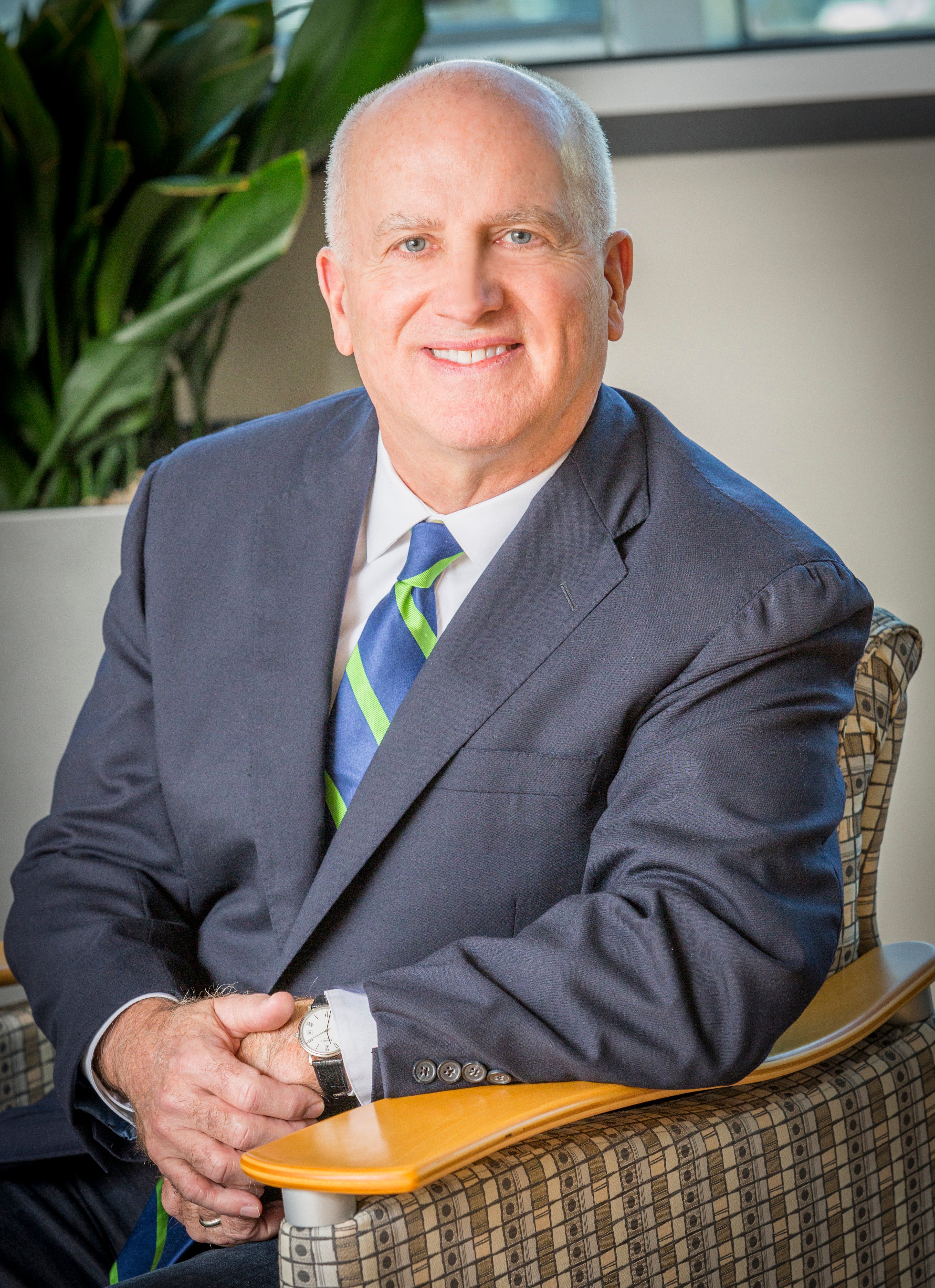Commercial buildings are commonly heated and cooled with mechanical equipment, powered by electrical service, and connected to plumbing systems such as natural gas and condensate lines depending on the type of HVAC system. Hence, building drawings are separated by the mechanical, electrical, and plumbing scopes of work, ie., M, E, and P sheets.
Often the mechanical engineer works independently of the electrical and plumbing engineers, and vice-versa. And often the mechanical contractor installing the heating/cooling system works independently of the electrical and plumbing contractors, and vice-versa. While this makes sense from a specialization standpoint, it can prevent holistic thinking and creative optimization strategies.
For example, the most energy-efficient HVAC system for a particular type of building in a given geographic area would naturally combine the best of all three specialties. In other words, the electrical and plumbing service should not just serve the mechanical equipment as an input or output. All three should be designed as a complementary system to provide heating and cooling capabilities depending on the resource that is most available, lowest cost, and cleanest/greenest at any period of time.
When there is a summer hot spell, it may be best to meet the incremental peak load with a small geothermal loop or thermal energy storage system. When there is high water usage for showers, toilets and food prep, it may be best to meet the heating/cooling loads with a domestic water heat exchanger. When it is raining, it may be best to meet the heating/cooling loads with a rainwater heat exchanger.
And during the nights and weekends — when temperatures are lower and/or electrical rates are lower — an air-to-water condensing unit may be the best way to pre-condition the building water loop for daytime and occupied cooling needs. Moreover, it is a way to reduce peak demand charges by level-loading the HVAC system over a 24/7 period rather than a 8/5 period.
Melink is pioneering a super-hybrid geothermal HVAC system that will do all of this and more for its new HQ2 building. And it will be designed and constructed in a way that will make Zero-Energy Buildings cost-effective and a model for future new construction and remodels.
We hope you will visit us next year after construction is completed to see the potential of holistic HVAC design. This means not only tapping Mother Nature’s resources but the various ingoing and outgoing building waste streams. Conventional design practices rely on very dedicated and limited mechanical equipment – and this is typically less than efficient, not to mention optimal.
